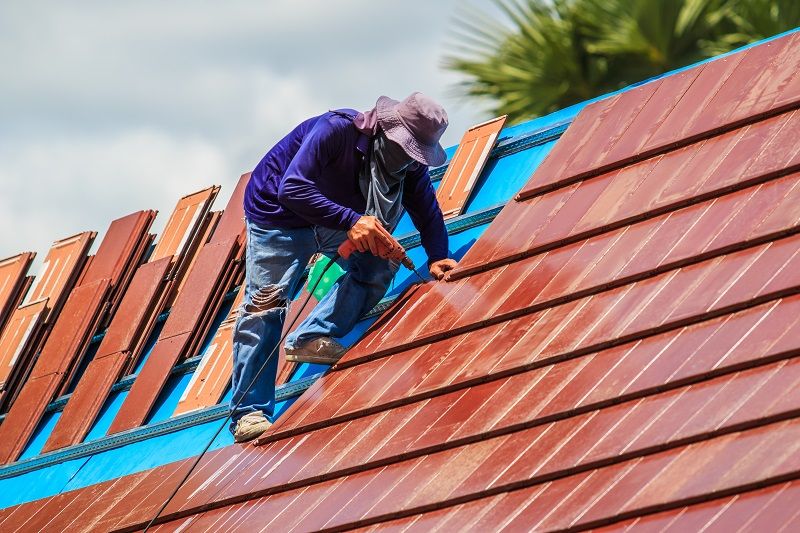When it comes to roof repairs, cutting corners can lead to costly mistakes that can compromise the integrity of your home. Whether you’re tackling minor repairs yourself or hiring a professional, understanding the most common roof repair mistakes can help you make informed decisions and ensure your roof remains in top condition for years to come.
Here are the top 7 roof repair mistakes to avoid:
1. Ignoring the Root Cause
One of the most common mistakes homeowners make is fixing the visible problem without addressing the underlying cause. For example, you might patch a small leak without investigating whether it’s a symptom of a bigger issue, like damaged flashing or poor ventilation. Focusing only on the symptom rather than the root cause can lead to recurring problems and costly repairs down the line.
Tip: Always perform a thorough inspection to identify the true cause of the issue before making repairs. If you’re unsure, consult a professional.
2. Using the Wrong Materials
Not all roofing materials are created equal. Using the wrong type of shingles, underlayment, or sealants for your specific roof can compromise the durability and performance of your repair. For example, using asphalt shingles in a climate that experiences heavy rainfall or snow could result in premature wear.
Tip: Ensure you use the correct materials for your roof’s specific needs. If in doubt, ask a professional roofing to recommend the best options for your environment.
3. Neglecting Proper Safety Precautions
Roof repairs can be dangerous, especially when working at heights or dealing with slippery conditions. Skipping safety precautions like using proper ladders, wearing harnesses, or working with a spotter can lead to serious injuries.
Tip: Always prioritize safety. Use the right equipment, and if you’re not comfortable with the height or complexity of the repair, hire a professional roofer.
4. Not Hiring a Licensed Professional
Some homeowners opt to save money by hiring an unlicensed or inexperienced contractor for roof repairs. This can be a risky decision. An unlicensed contractor may not be familiar with local building codes or proper roofing techniques, which could result in subpar work and potential legal issues.
Tip: Always hire a licensed, insured, and experienced roofing professional to ensure quality work and compliance with building codes.
5. Failing to Properly Flash Around Roof Penetrations
Flashing is critical around areas like chimneys, vents, and skylights to prevent water from seeping in. Improperly installed or missing flashing is a common cause of leaks, and neglecting to repair or replace it can lead to water damage.
Tip: If you’re making repairs around roof penetrations, make sure the flashing is properly installed and sealed to keep water from infiltrating the roof.
6. Ignoring Roof Maintenance
Once your roof is repaired, it’s easy to forget about it. However, skipping routine maintenance can shorten your roof’s lifespan and result in unexpected repairs. Regular inspections and cleaning, such as removing debris from gutters and checking for loose shingles, are essential for preserving the roof’s health.
Tip: Schedule regular roof inspections and maintenance to catch potential issues before they become major problems. Aim for at least one inspection per year, and more frequently if you live in an area with extreme weather conditions.
7. Overloading the Roof
When repairing or upgrading your roof, you might be tempted to add extra weight—like a new layer of shingles—over the existing one. While it may seem like an easy solution, it can place additional strain on your roof’s structure, which may lead to sagging or even collapse.
Tip: Avoid overloading your roof. If you need to replace your shingles, it’s often best to remove the old ones first. If you’re unsure, consult a roofing contractor.
Conclusion
Roof repairs are a critical aspect of home maintenance, but they must be done correctly to ensure long-lasting protection. By avoiding these common roof repair mistakes, you can help safeguard your home from leaks, water damage, and structural issues. Whether you’re tackling the repair yourself or bringing in a professional, take your time, choose quality materials, and always prioritize safety and proper installation.

